The island of Tabarca is the smallest inhabited island in Spain and the only inhabited island in the entire Valencia region. It is an archipelago made up of several islets: Tabarca, the largest, and the islands of La Cantera, La Galera and La Nao, as well as numerous reefs.
Once a refuge for Berber pirates, it is also nicknamed “Pirate Island“, where they hid their ships before launching their attacks on coastal towns.
Since 1986, the Tabarca natural area has been classified as a Mediterranean Marine Nature Reserve. We make you a list for ‘What to do in Isla de Tabarca ?’.
History
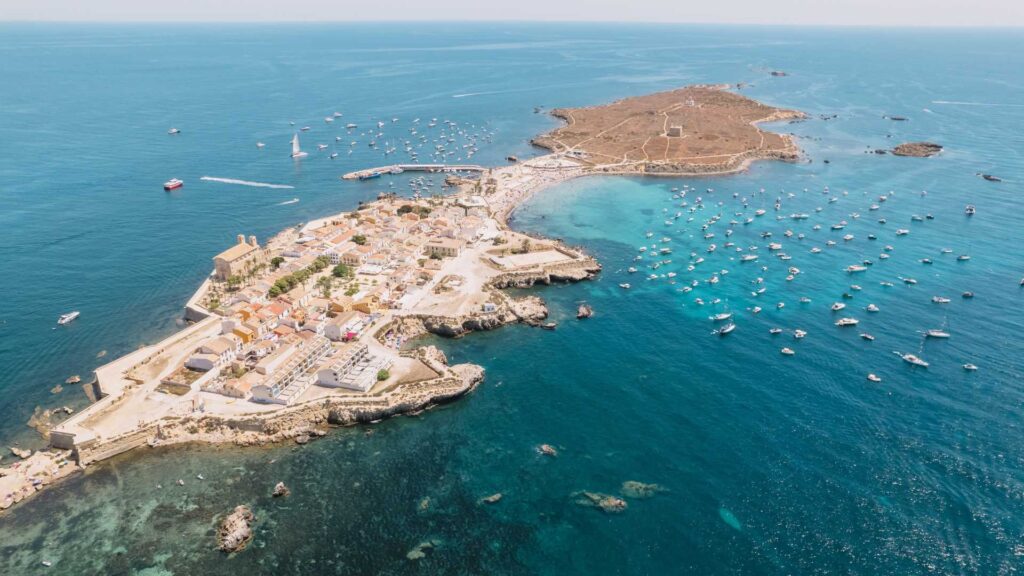
Before it was called Isla de Tabarca, it was called Isla de San Pablo. But when a group of prisoners from Tabarka in Tunisia arrived in the 15th century, the island was renamed Nueva Tabarca.
As mentioned earlier, the island has a history of pirate activity. It was once a refuge for Barbary pirates. Muslim pirates from North Africa were coming to attack Christian ships. Located just off the coast of Alicante, it was the perfect strategic site from which to attack. This is one of the reasons why the island was fortified during the reign of Philip III. A fortification was built in the 18th century to protect against these attacks.
Tabarca village

This magnificent seaside village still boasts fortifications. There are 3 large gates leading into the village: the Puerta de San Rafael on the east side, the Puerta de San Gabriel on the west side and the Puerta de San Miguel from which you can see the city of Alicante. In the village, you’ll find typical Mediterranean fishermen’s houses.
🎟️Book your trip with us now !🎟️
La Cova del Llop Mari
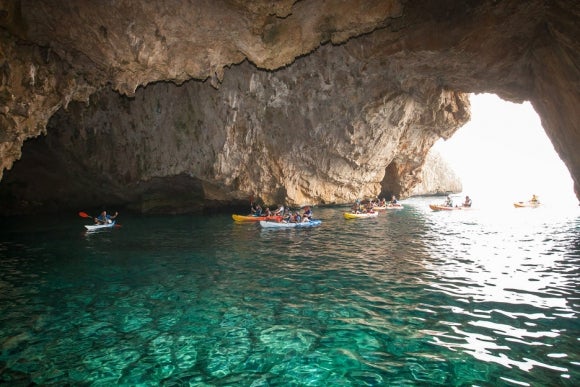
It’s a cave located in the middle of the island of Tabarca, some 100 metres below the island’s surface. The cave is quite spectacular, not least for its history. Popular stories tell of the arrival of a pair of sea lions who were looking for shelter and found it here. This would not have pleased the islanders, who considered them a threat.
Marine activities
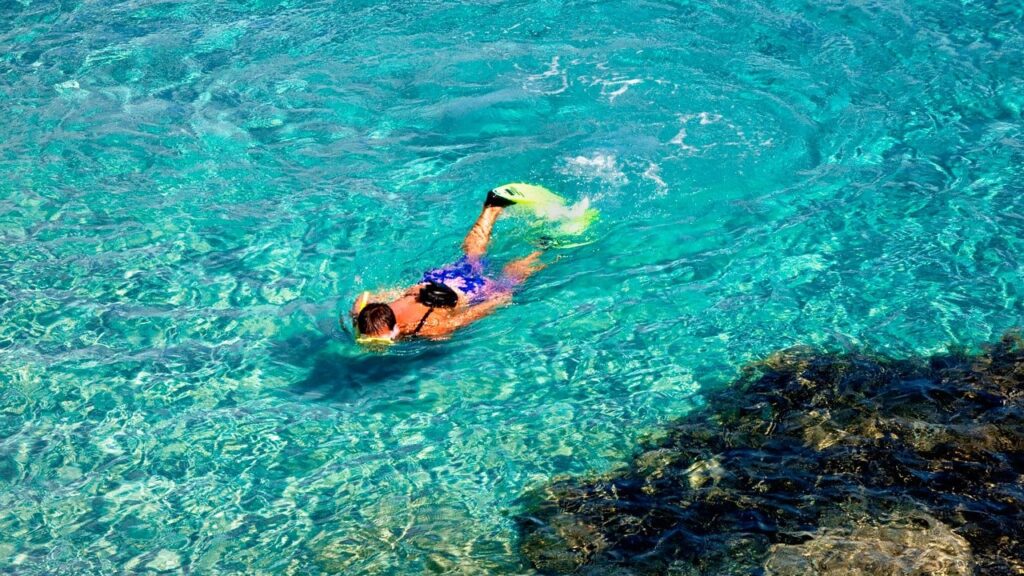
What attracts people to this island is its clear turquoise water. Thanks to its classification as a Mediterranean Marine Nature Reserve, the island boasts a great diversity and abundance of flora and fauna. Its waters are ideal for snorkeling enthusiasts. It’s also an ideal spot for scuba diving, and you can contemplate the seabed in search of species such as the endangered loggerhead turtle. On site, you can take advantage of introductory diving courses, both with oxygen tanks and freediving. There are several diving sites on the island.
Specialities

Of course, you can enjoy many different kinds of fresh seafood caught just around the corner, and you can also enjoy them in traditional paella (to learn how to make one, click here). The island’s specialty is called Caldero tabarquico, a type of stew with fish, potatoes and rice with aioli.
Nueva Tabarca Museum
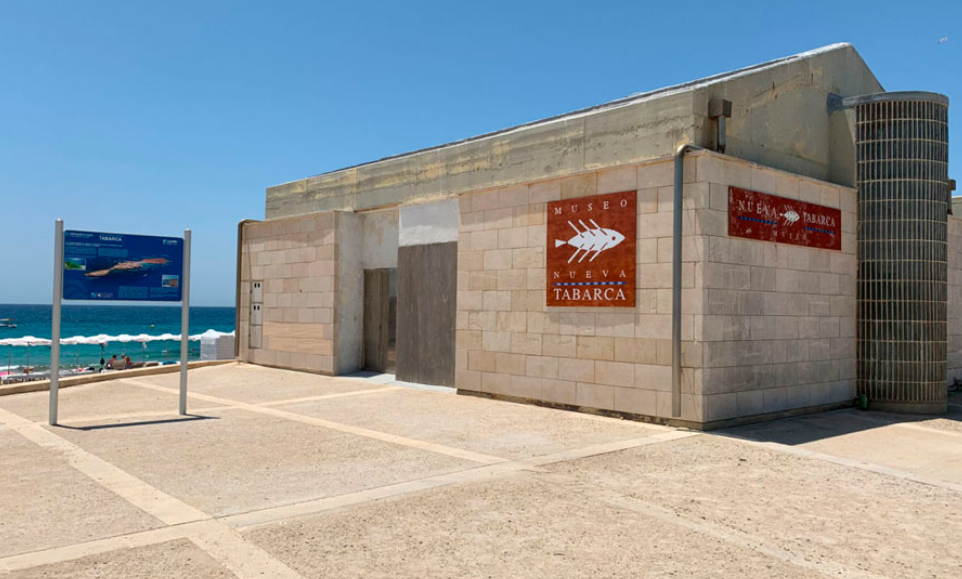
The Tabarca Island Museum is housed in the former fishing lodge, which was essential to the island’s economic activity, and is open to visitors free of charge from Wednesday to Sunday inclusive. It takes us on a tour of Tabarca’s past, and comprises two rooms: one houses the permanent exhibition, while the second is an audiovisual room.
How do you get there?
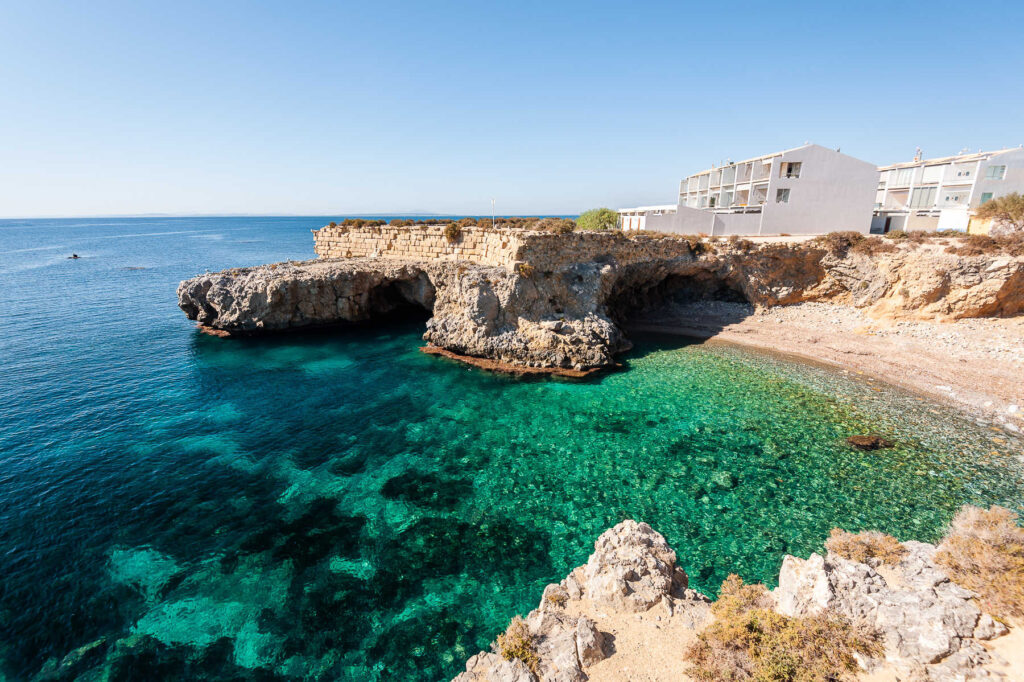
To get there from Madrid, you’ll need to spend around 5 hours by car to reach Santa Pola, then take the boat to the island. The same applies to the train, which arrives in the same town. You can also get there by boat from Alicante.
The easiest way is to book with us, and we’ll take care of all your travel arrangements!
Follow us on Instagram !

